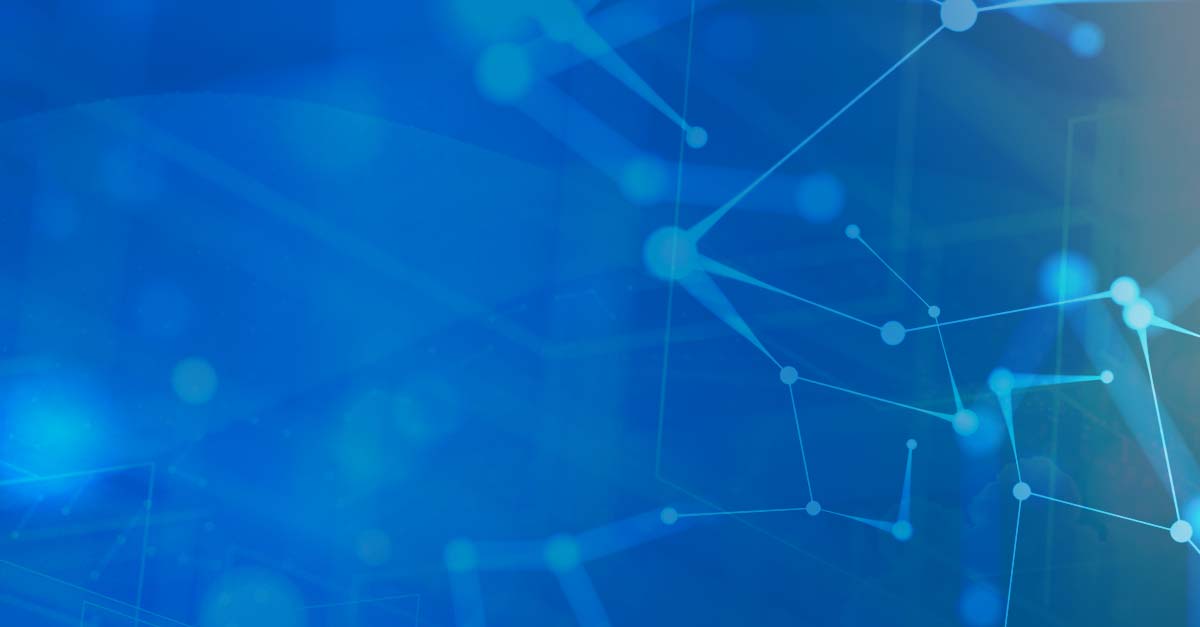As more organizations adopt best practices based on standards such as IT Infrastructure Library (ITIL), infrastructure teams increasingly demand configuration management databases (CMDBs) and other configuration management systems in order to track key attributes of the organization’s IT environment. The CMDB contains key attributes of the configuration items (CIs) under management, which may include not only computers (both physical and virtual) but also mobile devices, printers, routers, monitors, or any other item tracked as an IT asset.
Typically, the CMDB will include asset ownership information (either an individual or a department), the manufacturer and model information, and details specific to the type of device. For example, a monitor may have a specific field for resolution or connector type. In the case of computers, the machine’s CI will typically contain the processor and core count, the amount of memory and hard drive available, the IP address (if static) and MAC address, and the OS including patch level, as well as warranty and support information. CIs for servers typically include some high-level application information as well. This application information exists within the CMDB in order to provide information about the purpose and relationships of IT assets. In general, this information is manually entered into the CMDB when the asset is brought online; its designated purpose is understood at configuration time and easily tracked in the CMDB as part of the organization’s standard server configuration process.
The data in a typical CMDB can certainly assist with software asset management (SAM) and software license optimization processes, but it is not sufficient for either purpose. There are two missing ingredients:
IT Asset Management
It all starts with knowing what’s in your IT ecosystem. Flexera One discovers even the most elusive assets whether on-prem, SaaS, cloud, containers and more.
First, the CMDB will have no visibility into software license entitlements. In some cases, CMDBs can be configured to link purchase information to IT assets, but in general a CMDB is not designed or scoped to actually create a record of, and manage, software license entitlements (including upgrade and maintenance entitlements). Nor do they typically keep a record of the raw software purchase order (PO) data. Moreover, software asset managers are generally not the core users and consumers of the CMDB; they may be using the CMDB on a read only basis but will not make updates, unless they also perform hardware asset management functions. For these reasons, it is usually impractical to make the CMDB a viable resource for tracking software license entitlements.
Second, although the CMDB may have high-level information about which applications are installed on servers, it generally has no information about clients (desktops, laptops), except for the contents of the organization’s standard image. Even its server application information is typically insufficient to correctly calculate software license consumption. Because typical CMDB application descriptions are manually entered, they almost never have the amount of detail required to identify each installed component and calculate the associated license position. Major applications will almost certainly be correctly documented, but it is rare to find quantities of named users, separately licensed options or add-ins, or other details in the CMDB. These details are not required for the business purpose of the CMDB. Furthermore, the IT infrastructure team generally lacks visibility into the appropriate details for tracking software license consumption.
Software license optimization tools provide an Application Recognition Library that can distinguish standalone products, suites, versions and editions. These tools also maintain a SKU library to automate purchase order processing and help generate a ‘purchased versus installed’ license position. And finally, software license optimization tools deliver a Products Use Rights Library that is used to automatically apply software license entitlements—product use rights, to minimize license consumption and reduce software costs. None of these capabilities is provided by a CMDB.
It is important to remember the goals for ITIL and SAM/License Optimization— how they are similar and also how they differ. ITIL’s goal is to manage the logical model of the IT environment in the CMDB, thus enabling the ITIL processes: Incident Management, Problem Management, Change Management, Release Management and Configuration Management. The goal for software license optimization is to optimize the management of cost, risk, inventory, contracts and vendors throughout the asset life-cycle, including strategic planning, acquisition and retirement processes.
To properly incorporate the data in an organization’s CMDB into a software asset management and license optimization program, you need to consider the business purpose and contents of the CMDB and how they supplement the overall SAM data set. The CMDB’s wealth of detail on IT (hardware) assets must be married with accurate software inventory information and correctly applied software license entitlements in order to successfully optimize an organization’s software license position.







